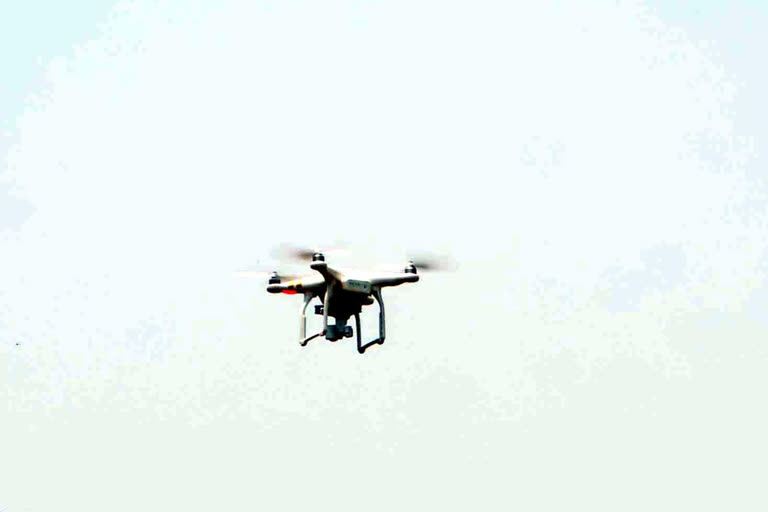New York: The US Army will soon be able to deploy autonomous aerial vehicles or drones, that can change shape during flight, thanks to new research that led to the development of a key tool.
The capability to change shape during a flight will help optimise performance of the vehicle through different phases of flight.
"Consider a mission where the vehicle needs to get quickly to station, or dash and then attempt to stay on station for as long as possible, or loiter," said Francis Phillips, an aerospace engineer at the US Army's Combat Capabilities Development Command's Army Research Laboratory.
"During dash segments, short wings are desirable to go fast and be more maneuverable, but for loitering segments, long wings are desirable to enable low power, high endurance flight."
The new tool will enable the structural optimisation of a vehicle capable of such morphing while accounting for the deformation of the wings due to the fluid-structure interaction, he said.
Read | Israel set to have record number of gay MPs
The findings of the study by researchers with the US Army Research Laboratory and Texas A&M University were presented at the American Institute of Aeronautics and Astronautics (AIAA) Aviation Forum and Exposition's virtual event this week.
Their research led to a tool, which will be able to rapidly optimise the structural configuration for 'Future Vertical Lift' vehicles while properly accounting for the interaction between air and the structure.
Read | Amid Covid-19 scare, WH set to celebrate 'Salute to America' on July 4
Within the next year, this tool will be used to develop and rapidly optimise Future Vertical Lift vehicles capable of changing shape during flight, the US Army Research Laboratory said.
For the past 20 years, there have been advances in research in morphing aerial vehicles but what makes the Army's studies different is its look at the fluid-structure interaction during vehicle design and structural optimisation instead of designing a vehicle first and then seeing what the fluid-structure interaction behavior will be.
"This research will have a direct impact on the ability to generate vehicles for the future warfighter," Phillips said.
"By reducing the computational cost for fluid-structure interaction analysis, structural optimisation of future vertical lift vehicles can be accomplished in a much shorter time-frame."
(IANS)




